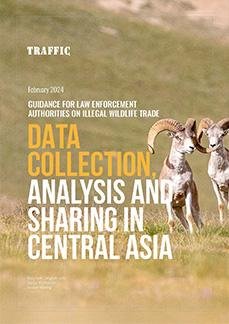By Erica Marat and Gulzat Botoeva
Summary This research brief examines the links between illegal drug trafficking, violence, and corruption in Central Asia. We argue that drug trafficking is highly organised with major criminal and state actors participating in the illicit activity. Criminal violence is spread across the region, especially in urban areas, but the Central Asian states are capable of intercepting and preventing illicit activities. By analysing big data on violence, drug interdictions, and patterns of corruption in the region between 2015 and 2022, we explain the relationship between drug trafficking and key actors from the criminal underworld and state agencies in Central Asia. We also rely on expert interviews explaining states’ involvement in the drugs economy. Our analysis of violence and policing dynamics in the region shows how patterns of organised crime change depending on state effectiveness and the presence of competition between traffickers. Each country exhibits a unique relationship between state actors and criminal syndicates in both interdicting and facilitating drug trafficking. Our research comes at a time of an anticipated increase in drug trafficking from Taliban-controlled Afghanistan, and of growing economic uncertainty in the wider region due to Western sanctions against Russia. In the policy realm, our research findings can help develop anti-trafficking strategies in the Central Asian region and improve our understanding of how drug trafficking can be curbed more effectively by identifying the main actors involved in this highly organised criminal process
Birmingham, UK: University of Birmingham., 2022. 48p.










